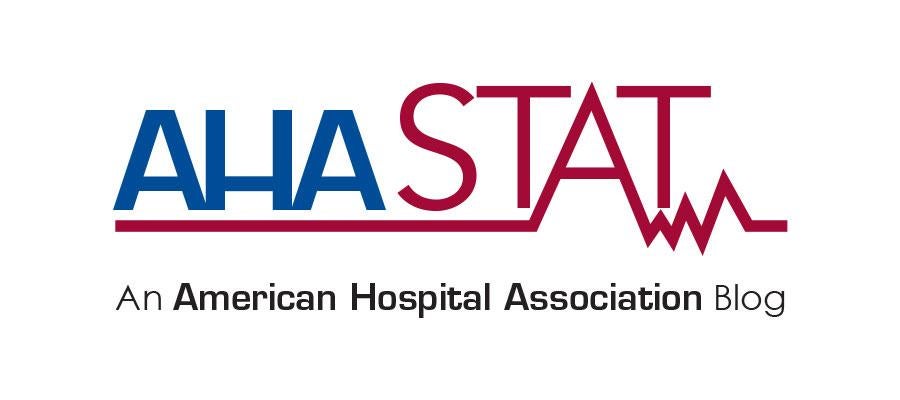Drug companies continue to finger point

Well, drug companies are at it again. And their latest effort to divert the focus from the huge profits they pocket as drug prices rise is just as disingenuous as all of their previous attempts. The finger pointing continued this week as the industry blamed 340B hospitals that serve the nation’s most vulnerable communities with the poorest and sickest patients by running a full-page advertisement in the Wall Street Journal to try to dodge its responsibility for skyrocketing drug prices. However, a full-page color ad does not paper over the news of the industry’s first quarter haul.
Let us not forget that drug manufacturers set these sky-high prices and they alone are responsible for the unjustifiable and astronomical price hikes. They claim this is necessary for research and development, but the money tells another story. Drug manufacturers continue to place significant priority on profits, advertising, and corporate costs rather than investing in research and development.
As a new Axios analysis revealed this week, drug makers are “getting richer.” Per the analysis, “a majority of the health care industry’s profits in the first three months of 2019 went to the top 10 companies, and 9 of those 10 companies were pharmaceutical manufacturers.” “Quarter after quarter after quarter shows drug makers continue to wield the highest profit margins in the industry” as “drug companies are charging more for their patent-protected medicines at prices that are well above what it costs to make them, and/or they are selling more of their drugs overall.” By contrast, a quarter of America’s hospitals operate in the red.
Just like its skyrocketing drug price hikes, the industry’s latest effort to shift the focus from its greediness is fundamentally misguided. In 2015 alone, the hospitals it attacked provided more than $50 billion in real benefits to their communities – including free care or discounted drugs to patients who need them, wellness clinics, transportation services, housing and much more – some of which is made possible by the money these hospitals save on high price drugs through the 340B program. Although the revenue drug companies forgo by giving discounts to the hospitals serving vulnerable communities accounts for less than 3 percent of annual drug purchases, they never cease complaining and blaming others. At best, that’s rich coming from an industry just recently sued by 44 states for “conspiring to hike generic drug prices, costing billions of dollars in overcharges and undermining government efforts to hold down medical costs.”
Although an industry that “generates higher profit margins than any other” – hopes that a misleading marketing campaign might make its price gouging on life-saving medicine go down easier, America’s patients know better.
Ashley Thompson is Senior Vice President of Public Policy Analysis and Development at the American Hospital Association.

